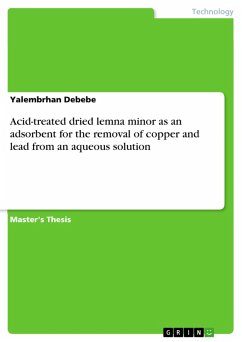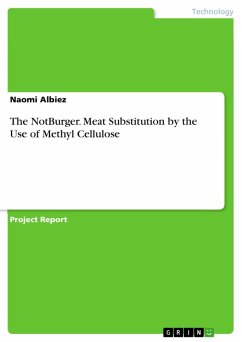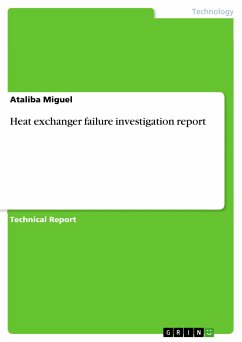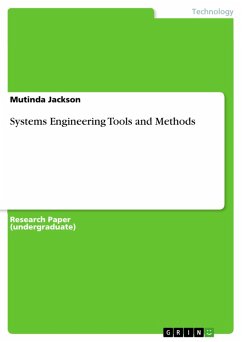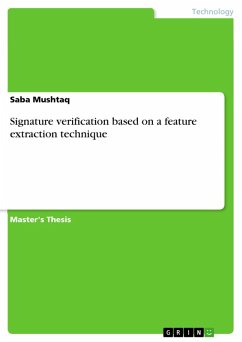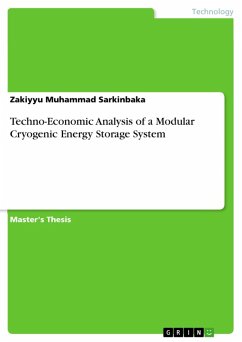Master's Thesis from the year 2018 in the subject Engineering - Chemical Engineering, grade: 3.96/4.00, Addis Ababa University (Addis Ababa Insititue of Techology), course: Environmental Engineering, language: English, abstract: The general objective of the thesis was investigation of acid treated lemna minor as an adsorbent for removal of Cu (II) and Pb (II) from aqueous solution. Are there sustainable and available bio adsorbents such as lemna minor (duckweed) that can be used for the removal of heavy metals? Can the emerging bio adsorbents actually replace activated carbon which is very expensive adsorbent common today? What is the optimum Operating parameters for biosorption of metal ions under batch studies Heavy metals are chemical elements with a specific gravity that is at least 5 times the specific gravity of water and are toxic or poisonous even at low concentrations. With increasing generation of heavy metals from industrial activities, many aquatic environments face metal concentrations that exceed water quality criteria designed to protect the environment. They are highly dispersed in a wide variety of economically important minerals. They are released to the environment during mineral extraction process. Therefore, mining activities are the first anthropogenic source of heavy metals. These heavy metals have potential health risks associated with metal uptake via food chain, dermal absorption or inhaling. High levels of exposure to heavy metals have been proved to cause cancer, organ damage, joint diseases, and in extreme cases, death. Several processes exist for removing dissolved heavy metals, including, ion exchange, precipitation, ultrafiltration, reverse osmosis, electro dialysis and activated carbon. Many of these approaches demand high energy, high cost, advanced operational requirements, result in large amounts of sludge requiring treatment or difficult to treat and be disposed of in an environmentally sound manner, or do not enable recovery of metals or material.
Dieser Download kann aus rechtlichen Gründen nur mit Rechnungsadresse in A, B, BG, CY, CZ, D, DK, EW, E, FIN, F, GR, HR, H, IRL, I, LT, L, LR, M, NL, PL, P, R, S, SLO, SK ausgeliefert werden.

